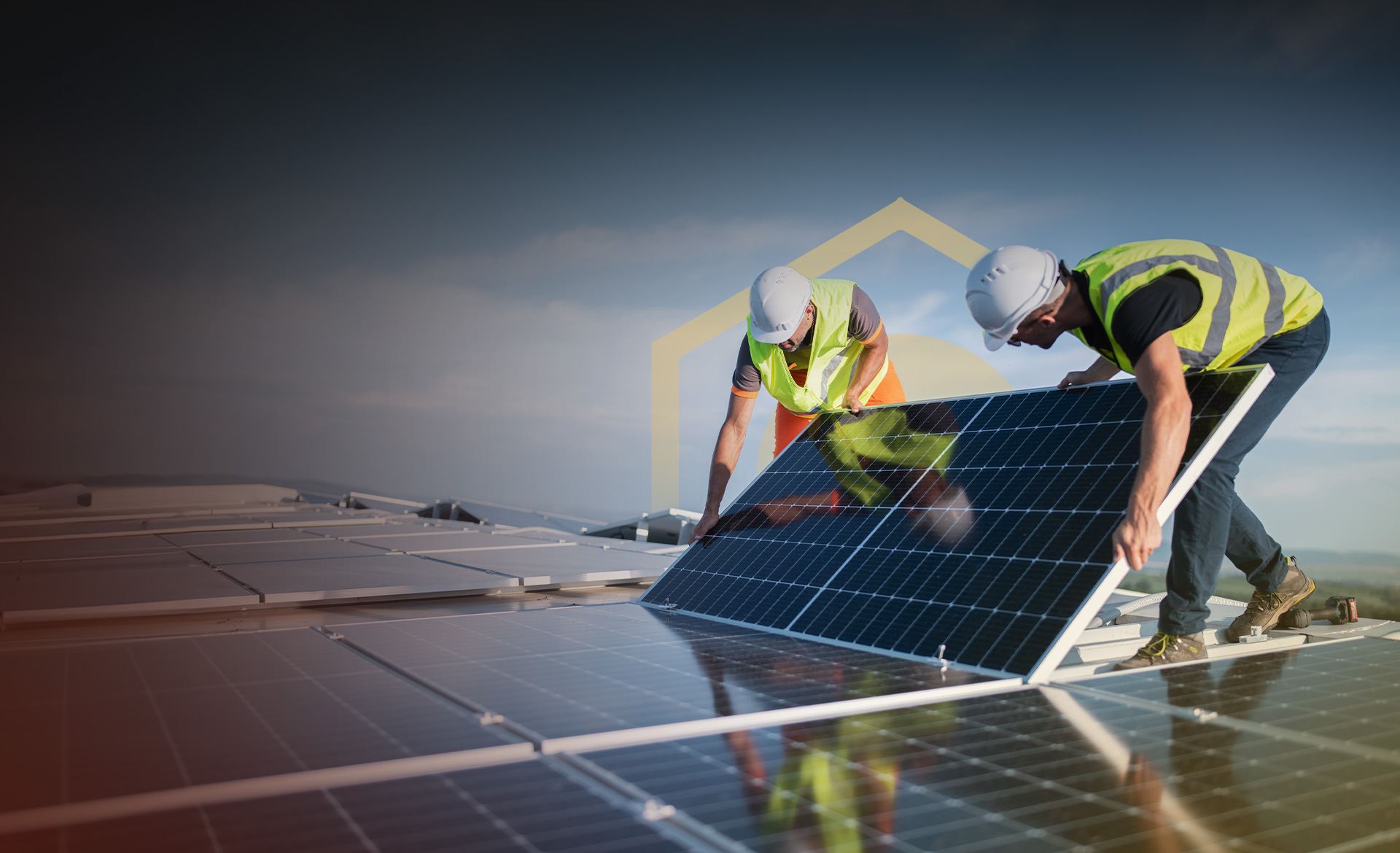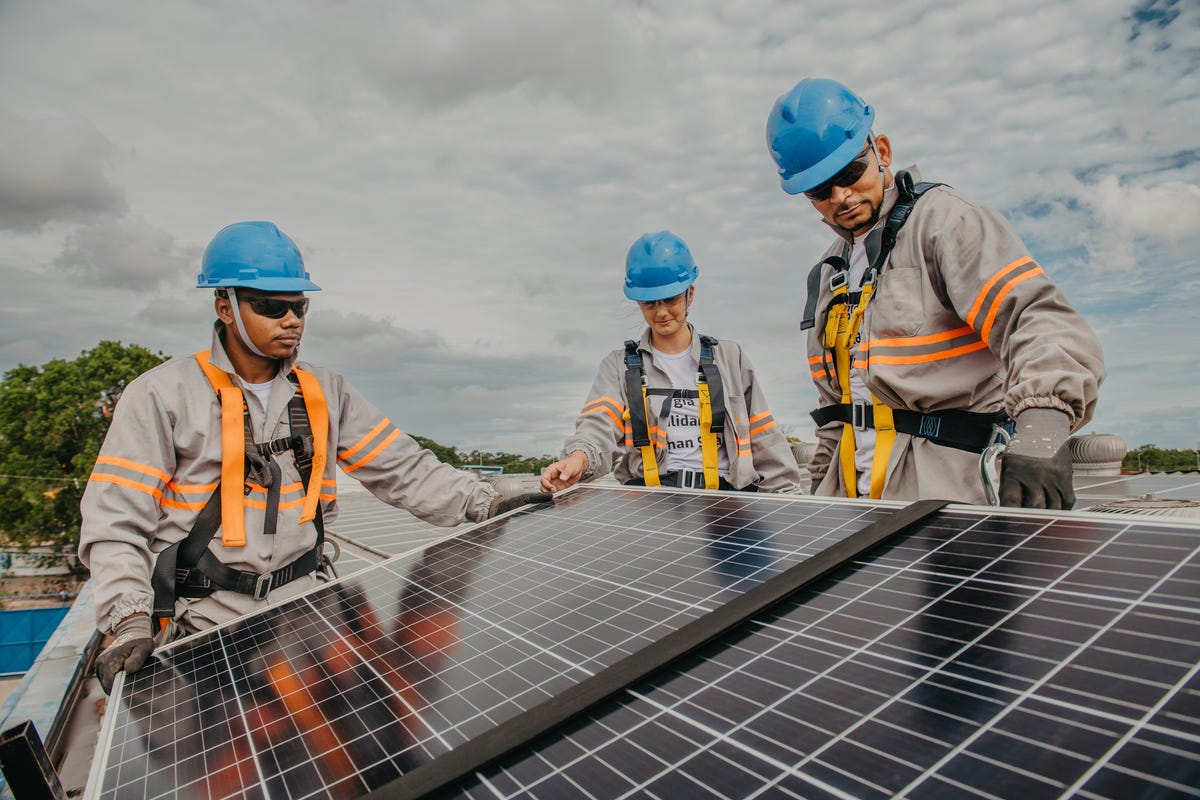Solar Backup Power PA: Our Company Specializes In The Setup And Management Of Photovoltaic Energy Systems
History and Development of Solar Panel Companies
The inception of photovoltaic panel companies can be traced back to the 1800s when Alexandre Edmond Becquerel discovered the photovoltaic impact. Would he have pictured how his discovery would change the method we harness energy?
Early Beginnings

In 1954, Bell Labs established the very first practical solar battery. This marked a substantial milestone in the history of solar power. They were at first used to power area satellites, however who knew this was just the start?
Development and Growth
- In the 1970s, an energy crisis caused increased interest in renewable resource sources, consisting of solar energy.
- By the 1990s, developments in innovation and increasing environmental awareness caused the development of photovoltaic panel companies worldwide.
A New Period
As we went into the 21st century, the solar industry experienced a rapid development. The need for clean and renewable energy brought about a new era in the photovoltaic panel industry.
Fascinating Facts
- The world's first solar power station was built in 1982 in Hisperia, California.
- By 2019, solar energy had become the world's fastest-growing source of power.
Certainly, the journey of solar panel business has been amazing, hasn't it? The future holds enormous potential, with constant advancements leading the way for a sustainable future. Can we picture a world powered completely by solar energy?
Moving on
Today, photovoltaic panel business continue to innovate, pursuing more efficient and affordable solutions. The advancement of solar power has come a long way, and yet, the journey has simply begun.
The Core of Photovoltaic Panel Production
Ever wonder what enters into developing those glossy, sun-loving photovoltaic panels? The process is as outstanding as completion item (Best Solar Panel Company In PA). High-purity silicon, the main active ingredient in photovoltaic panels, undergoes various changes to guarantee its effectiveness and resilience
From Sand to Silicon
Crystalline silicon, the backbone of most solar panels, originates from simple sand. It's a fascinating journey, isn't it? The sand undergoes a high-temperature response with carbon to form silicon. This isn't simply any silicon. The silicon used in photovoltaic panels is "solar-grade," with a purity of 99.9999%. It's this pureness that enables the panels to efficiently transform sunlight into power.
Ingot Formation
When the silicon is pure enough, it's time to form ingots. Photo a large, cylindrical block of strong silicon. How is this achieved? Through a procedure called Czochralski procedure, where the silicon is melted and then slowly recrystallized. It's a sluggish dance of science, leading to a solid product that is nearly as pure as the raw silicon itself.
Slicing into Wafers
The ingots are then sliced into wafer-thin pieces, like slicing a loaf of bread. Each slice is a potential solar cell, waiting to harness the power of the sun. Did you understand that the silicon wafers are just about 200 micrometers thick? That's about half the density of a human hair! The procedure needs accuracy and perseverance, however the outcome is a set of wafers prepared to be turned into solar batteries.
Producing Solar Battery
With the wafer prepared, it's time for the magic to happen. The silicon wafer is 'doped' with other elements like phosphorous and boron to create an internal electric field. It's this field that enables the conversion of sunshine into electrical power. Complex, isn't it?
Assembly and Quality Control
Solar cells are like puzzle pieces that come together to form a photovoltaic panel. The cells are soldered together in a grid-like pattern, then covered with a protective layer of glass. The last step includes rigorous quality assurance checks. It's essential that every solar panel carries out at its peak, wouldn't you concur?
Insider Suggestion
Always remember that even the most efficiently produced photovoltaic panel can lose efficiency due to dirt and debris accumulation. Regular cleansing can substantially enhance your panels' performance.
Understanding the Environmental Impact of Photovoltaic Panel Companies
Ever contemplated the environmental footprint of a photovoltaic panel business? Green innovation, such as solar, has here transformed our energy landscape, but what about the behind-the-scenes impact?
The Manufacturing Process: A Double-Edged Sword
The production process for photovoltaic panels requires a substantial quantity of energy. This process, understood as 'em bodied energy', can be viewed as a kind of 'energy debt'. It's a little like borrowing today's sunshine to power tomorrow's energy requirements. Worry not, the energy repayment time is frequently shorter than you 'd think!
- The energy payback duration for photovoltaic panels is typically 1-4 years.
- After this duration, the energy produced is essentially carbon-free.

Life After Decommission
And what happens when a solar panel reaches completion of its lifespan? Can it just be tossed into the garbage? No, that wouldn't be very green, now, would it?
A practical option is recycling. While solar panel recycling is still in its infancy, it holds a world of potential. Recycling not just keeps materials out of landfills however likewise decreases the need for new raw materials.
Responsible Sourcing: More Than A Buzzword
Where does the silicon come from, you ask? The industry's need for silicon and rare minerals can lead to harmful mining practices. Responsible sourcing is for that reason imperative to lower damaging environmental effects.
Minimized Carbon Emissions: The Larger Image
Let's not forget the larger image: solar power substantially lowers carbon emissions. Once set up, photovoltaic panels produce clean, renewable resource, balancing out their initial production footprint.
Simply put, the environmental impact of solar panel companies is a complex issue. Nevertheless, with accountable practices, the pledge of a cleaner, greener future is well within our grasp.

Financial Performance and Market Share of Solar Panel Companies
Ever wondered why some solar panel business - Solar Panel Company beat others in the market? What sets them apart? The key depend on their financial efficiency and market share
Financial Performance: A Vital Sign
Financial performance plays a critical function in the success of any business. For solar panel business, it's no various. Strong financial performance makes it possible for these companies to purchase cutting-edge innovation, research, and development, therefore producing top quality, efficient solar panels.
However how do they accomplish this? With a concentrate on expense effectiveness and tactical financial investments. Companies that manage to decrease production costs without jeopardizing on quality tend to fare better in the market.
Market Share: A Procedure of Success
Market share, on the other hand, is a direct reflection of a business's popularity among customers. A high market share indicates more homeowners are selecting their photovoltaic panels over rivals.
What's the secret recipe for acquiring a bigger market share? It boils down to client complete satisfaction and brand name track record. Business that focus on customer needs and preserve a positive brand name image are more likely to catch a bigger share of the marketplace.
- Customer Fulfillment: Solar panel business that provide trustworthy products and exceptional client service tend to have higher consumer complete satisfaction rates.
- Brand Reputation: A strong brand name track record is developed over time through constant shipment of quality product or services.
Financial Efficiency and Market Share: The Cooperative Relationship
Interestingly, the relationship between monetary efficiency and market share is not one-sided. They feed off each other. A strong financial efficiency can increase a company's market share, while a high market share can improve financial efficiency.
As a solar panel company, stabilizing these 2 aspects is vital for long-term success. A business that disregards either of them might discover it difficult to maintain its position in the competitive solar industry.
The Takeaway
So, what does all this mean for you? Whether you're a homeowner seeking to install solar panels or a financier eyeing the solar industry, understanding the financial efficiency and market share of photovoltaic panel companies is vital. They are crucial indications of a company's health and capacity for future development.